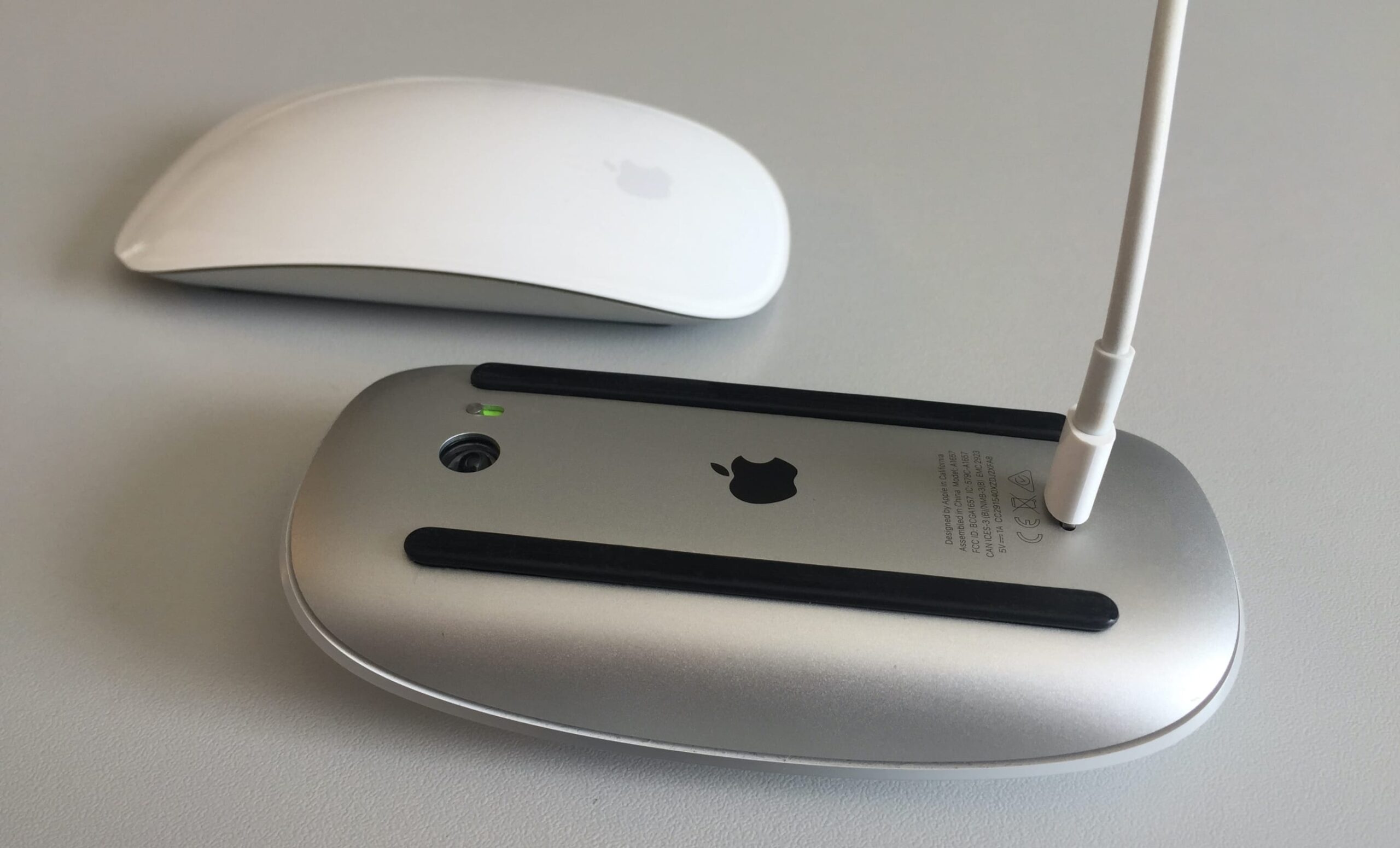If we have to agree on whether looks matter or not, most people will say ‘yes’. The physical appearance of anything that is in front of us, including people, places, objects or any type of product, says a myriad of things about them. And we, as watchers, create opinions in just a blink.
According to research, it takes only 1/10th of a second to form a first impression about a person. And it takes about 50 MS (0.05 seconds) for users to form an opinion about a website that determines whether they’ll stay or leave. That’s a lot of power in what we see.
Looks and first impressions matter
We can say then that both looks and first impressions matter (and matter a lot), playing a key role in the success of a product.

Imagine you are in a book store and you want to buy a book. Your journey as a user will be very different depending on the intent you enter the store with. If you already know what you want, the way the book looks won’t play a key role in your decision, since you came in with your mind already made up.

However, if you are just looking around to see what sparks your interest, your experience will be quite different. In this case, the design of the cover will play a very different role, revealing, beyond a title and an author, many other things about it, through the use of visual elements, as the graphics or its physical features. Its appearance has actually been carefully crafted to make it attractive for its target audience, regardless of the quality of the content.
 8 The Thalasso offers an absolutely delightful visual experience on their website.
8 The Thalasso offers an absolutely delightful visual experience on their website.
And websites are no different. A well-designed website should be, first of all, pleasant to the eye. Great design is the first driver to attract users, and it also gets people to trust a website and to stick around. We can state that good design is key for the success of a product.
But looks aren’t everything
The success of a product not only relies on how good it looks. Beauty becomes useless if a product isn’t functional, and if it doesn’t work, risks grow big: it could simply die. So, functionality is also key. Katerina Kamprani’s illustrates beautifully well this concept in her project The Uncomfortable.
 “The uncomfortable watering can” 3D design by Katerina Kamprani.
“The uncomfortable watering can” 3D design by Katerina Kamprani.
I can think of a bunch of everyday objects where design and aesthetics are amazing, but fail functionally. The closest example I literally have at hand, is the Apple Magic Mouse 2, which you can’t use when it runs out of battery, because the charging port, instead of being located on the top edge, it’s underneath. It’s so frustrating every time it happens.

Design loses its value when functionality fails, making users have an overall bad user experience after all. On this topic, I highly recommend the book by Don Norman “The Design of Everyday Things”, and the funny video “It’s not you. Bad doors are everywhere”–– it’ll give you a good laugh!
Design vs Functionality
In the same way, there are many websites that even giving a first impression of having a great design, become a total nightmare to the user when they can’t achieve what they need. Design can’t take over functionality, but must contribute to an overall good experience helping people complete their tasks in a smooth way, and avoiding any misleading experience putting functionality at stake. Paul Rand defined this very well: “Design can be art. Design can be aesthetics. Design is so simple, that’s why it’s so complicated.”
On the other hand, there are websites that focus mainly on the functional aspect, without putting too much effort on design, ending up being extremely raw, dull, and even unpleasant. The fact is that poor design creates mistrust and makes people leave.
The secret sauce of a successful product

Good websites are perfectly built from both the design and functional perspectives. They not only look good, but are also intuitive, readable and easy to navigate. They simply work. When you are on a good site, the experience is so seamless that you don’t notice anything, nor the design or its architecture. You just get absorbed in your task at hand, which you’ll complete successfully, and you’ll want to come back in the future.
So, what are the ingredients of this secret sauce?

Bingo! Good design and functionality. We’ve seen how key both things are and how much one depends on the other. These two ingredients are the perfect match and, combined, create this powerful recipe that can make any product succeed. And we, designers and engineers, working mindfully together, are the chefs that will make the magic happen.



